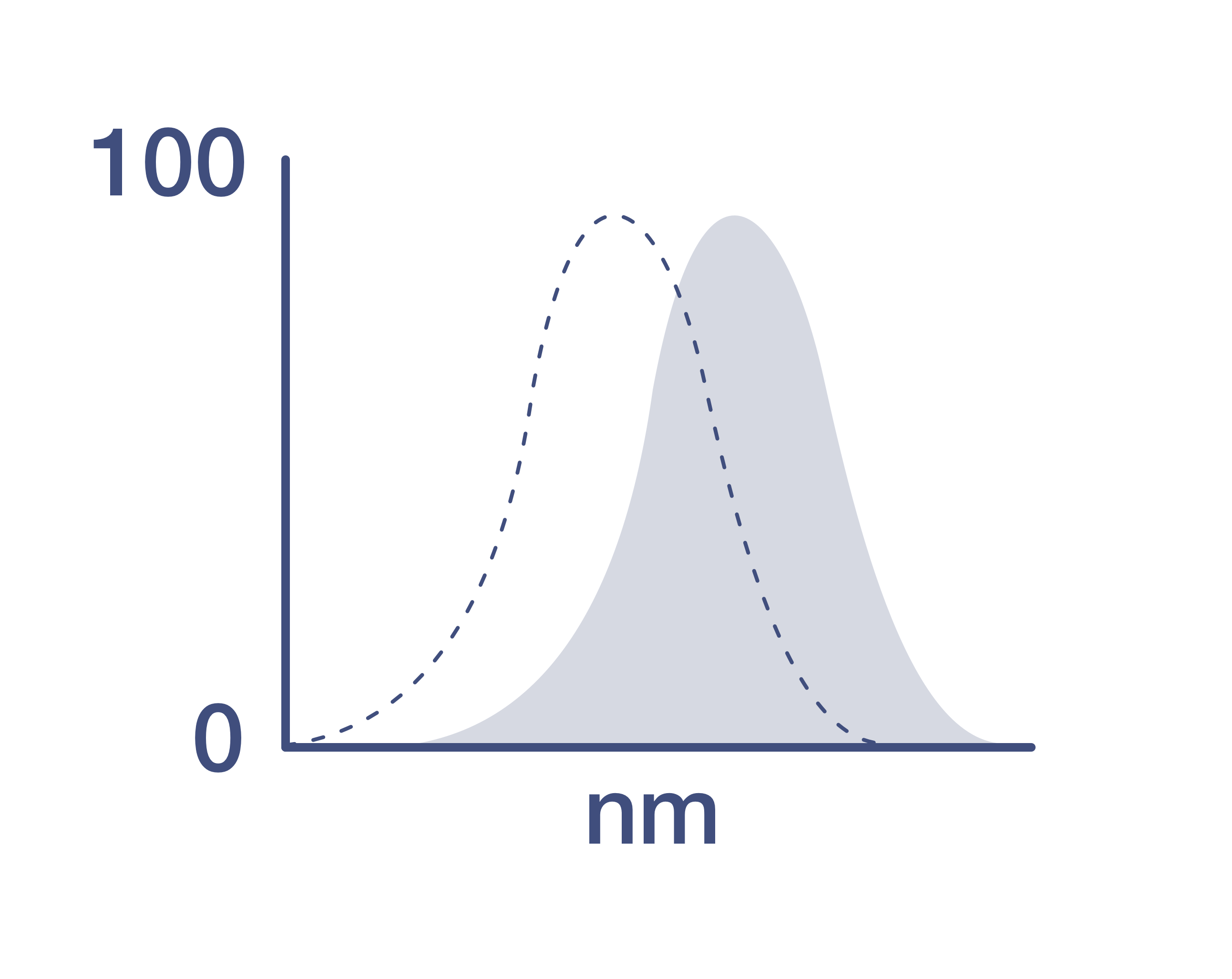Search Thermo Fisher Scientific
Invitrogen
CD158f Monoclonal Antibody (UP-R1), PE, eBioscience™
{{$productOrderCtrl.translations['antibody.pdp.commerceCard.promotion.promotions']}}
{{$productOrderCtrl.translations['antibody.pdp.commerceCard.promotion.viewpromo']}}
{{$productOrderCtrl.translations['antibody.pdp.commerceCard.promotion.promocode']}}: {{promo.promoCode}} {{promo.promoTitle}} {{promo.promoDescription}}. {{$productOrderCtrl.translations['antibody.pdp.commerceCard.promotion.learnmore']}}
Product Details
12-1588-42
Species Reactivity
Host/Isotype
Recommended Isotype Control
Class
Type
Clone
Conjugate
Excitation/Emission Max
Form
Concentration
Purification
Storage buffer
Contains
Storage conditions
Shipping conditions
RRID
Product Specific Information
Description: This UP-R1 monoclonal antibody recognizes human CD158f, also known as KIR2DL5. CD158f is an inhibitory receptor and a member of the KIR (Killer cell Ig-like receptors) family of receptors, which recognizes subsets of HLA alleles. Expression is found mainly on a subset of NK cells with minimal expression also present on a minor subset of T lymphocytes in some individuals. This new member of the family is highly polymorphic and expression is not found on many human donors. Activation of the receptor and tyrosine phosphoryaltion recruits SHP-2 and SHP-1 to the ITIM cytoplasmic domain.
The UP-R1 antibody has been shown to inhibit NK cytotoxicity.
Applications Reported: This UP-R1 antibody has been reported for use in flow cytometric analysis.
Applications Tested: This UP-R1 antibody has been pre-titrated and tested by flow cytometric analysis of normal human peripheral blood cells. This can be used at 5 µL (0.25 µg) per test. A test is defined as the amount (µg) of antibody that will stain a cell sample in a final volume of 100 µL. Cell number should be determined empirically but can range from 10^5 to 10^8 cells/test.
Please note: There is significant donor variability observed. Only a small percentage of donors tested showed bright staining; all others were completely negative.
Excitation: 488-561 nm; Emission: 578 nm; Laser: Blue Laser, Green Laser, Yellow-Green Laser.
Filtration: 0.2 µm post-manufacturing filtered.
Target Information
KIR2DL5A and KIR2DL5B are Killer cell immunoglobulin-like receptors (KIRs), transmembrane glycoproteins expressed by natural killer cells and subsets of T cells. The KIR genes are polymorphic and highly homologous and they are found in a cluster on chromosome 19q13.4 within the 1 Mb leukocyte receptor complex (LRC). The gene content of the KIR gene cluster varies among haplotypes, although several "framework" genes are found in all haplotypes. The KIR proteins are classified by the number of extracellular immunoglobulin domains (2D or 3D) and by whether they have a long (L) or short (S) cytoplasmic domain. KIR proteins with the long cytoplasmic domain transduce inhibitory signals upon ligand binding via an immune tyrosine-based inhibitory motif (ITIM), while KIR proteins with the short cytoplasmic domain lack the ITIM motif and instead associate with the TYRO protein tyrosine kinase binding protein to transduce activating signals. KIR proteins are thought to play an important role in regulation of the immune response. Functionally, KIR2DL5A and KIR2DL5B are receptors on natural killer (NK) cells for HLA-C alleles and prevent cell lysis by inhibiting the activity of NK cells.
For Research Use Only. Not for use in diagnostic procedures. Not for resale without express authorization.
How to use the Panel Builder
Watch the video to learn how to use the Invitrogen Flow Cytometry Panel Builder to build your next flow cytometry panel in 5 easy steps.
References (0)
Bioinformatics
Protein Aliases: CD158; CD158f1; Killer cell immunoglobulin-like receptor 2DL5A; killer cell immunoglobulin-like receptor KIR2DL5A; killer cell immunoglobulin-like receptor two domains long cytoplasmic tail 5; killer cell immunoglobulin-like receptor, two domains, long cytoplasmic tail, 5; killer cell immunoglobulin-like receptor, two domains, long cytoplasmic tail, 5A; killer-cell Ig-like receptor; KIR2DL; NKAT; NKAT1
Gene Aliases: CD158F; CD158F1; KIR2DL5; KIR2DL5.1; KIR2DL5.3; KIR2DL5A
UniProt ID: (Human) Q8N109
Entrez Gene ID: (Human) 57292

Performance Guarantee
If an Invitrogen™ antibody doesn't perform as described on our website or datasheet,we'll replace the product at no cost to you, or provide you with a credit for a future purchase.*
Learn more
We're here to help
Get expert recommendations for common problems or connect directly with an on staff expert for technical assistance related to applications, equipment and general product use.
Contact tech support


